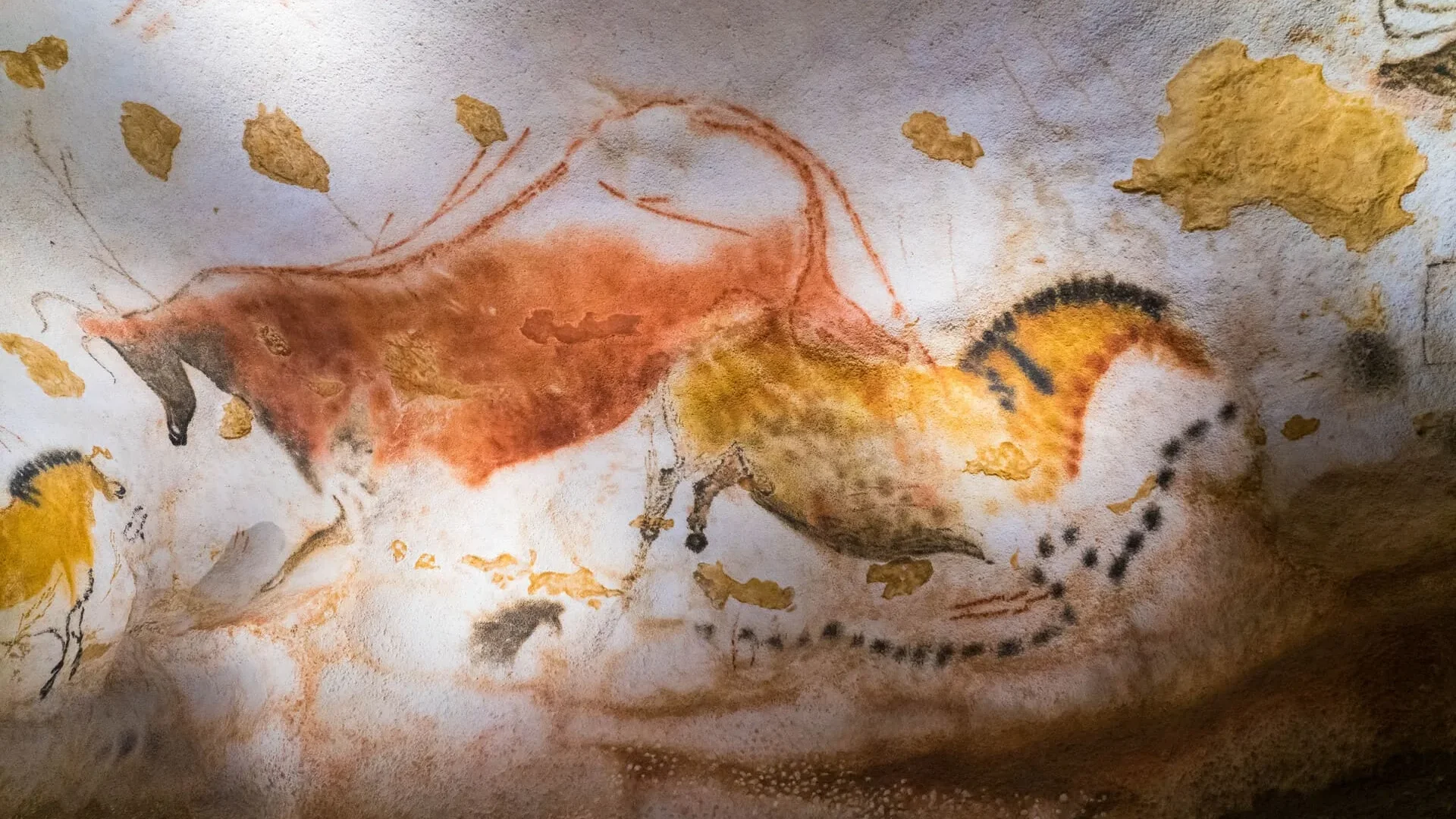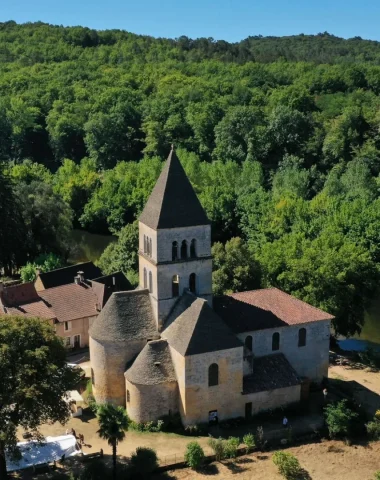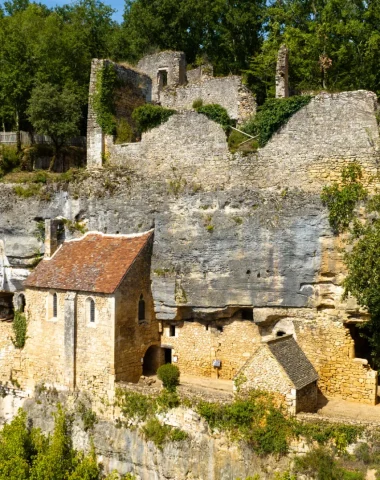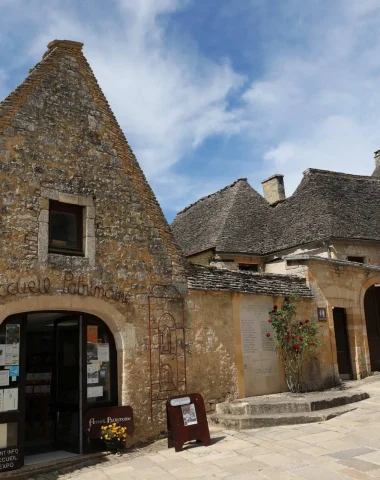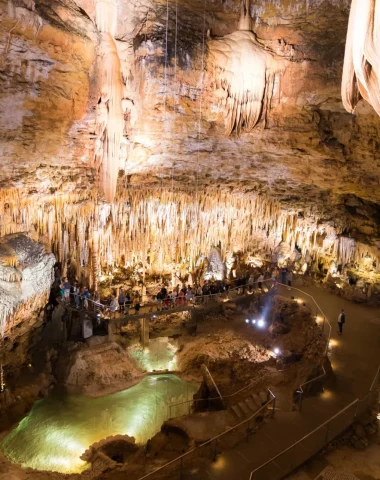Discover and visit the Lascaux cave
Lascaux, the Sistine chapel of Périgord
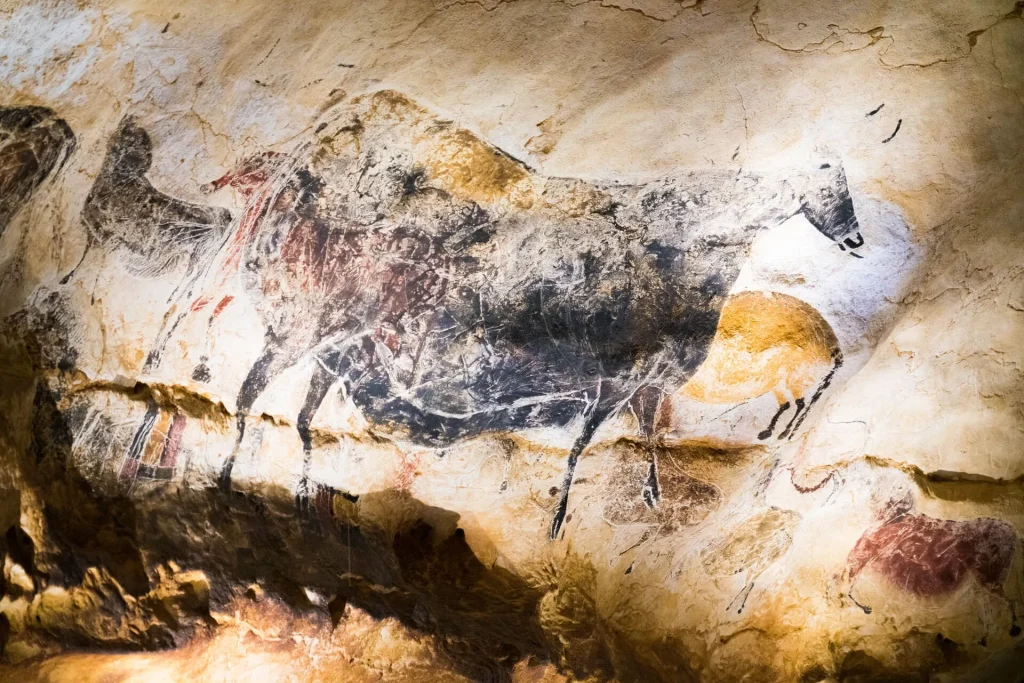
The original decorated cave is closed to the public since 1963 in order to preserve his exceptionally rare works. However, the International Center for Cave Art Lascaux IV offers a faithful reproduction. There bull room will impress young and old, open your eyes wide, you will find a prehistoric sign, a painting, an engraving... No less than 357 horses will be presented to you and even 1 human representation! Extremely rare representation in prehistoric art.
Lascaux, unique in Dordogne and in France!
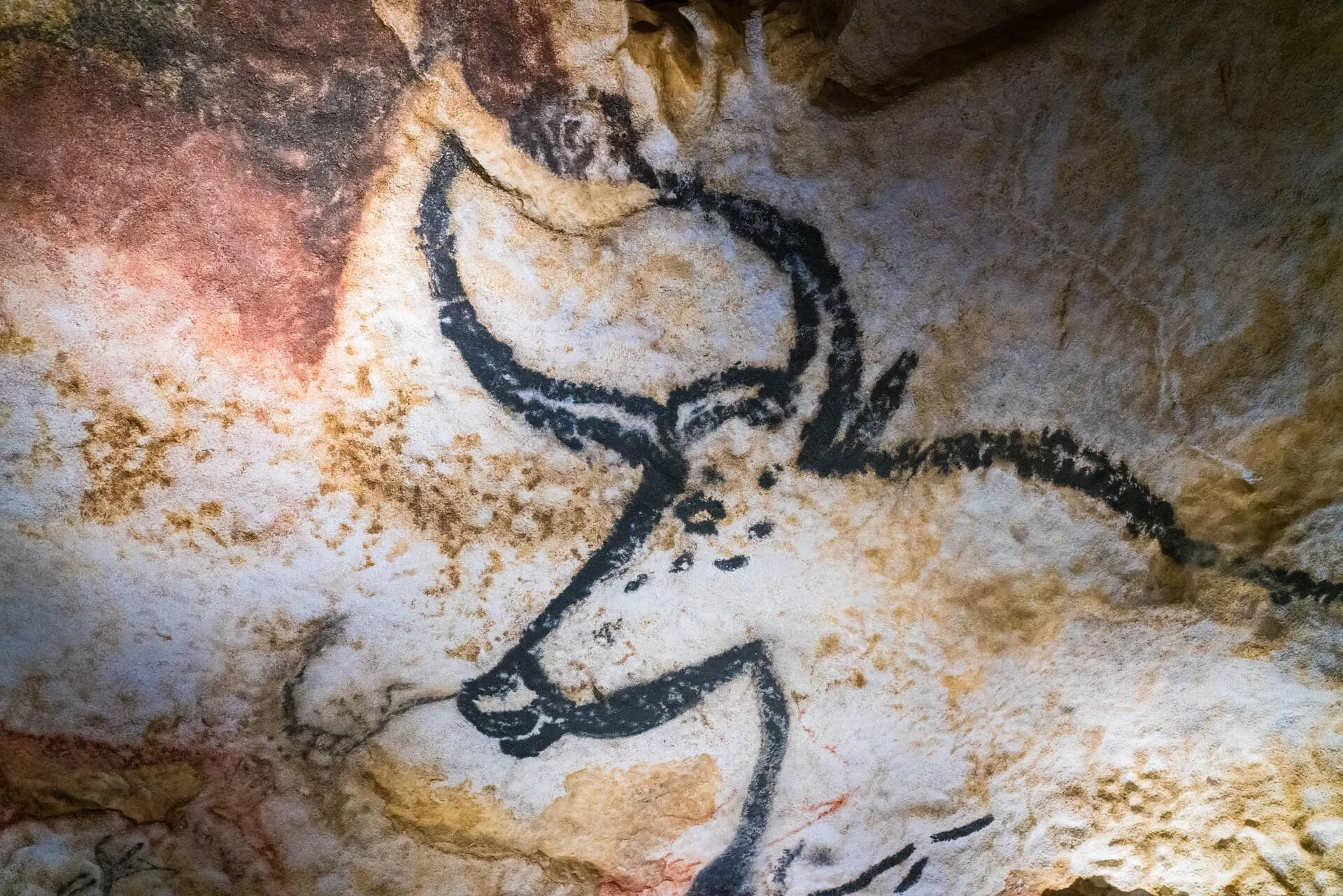
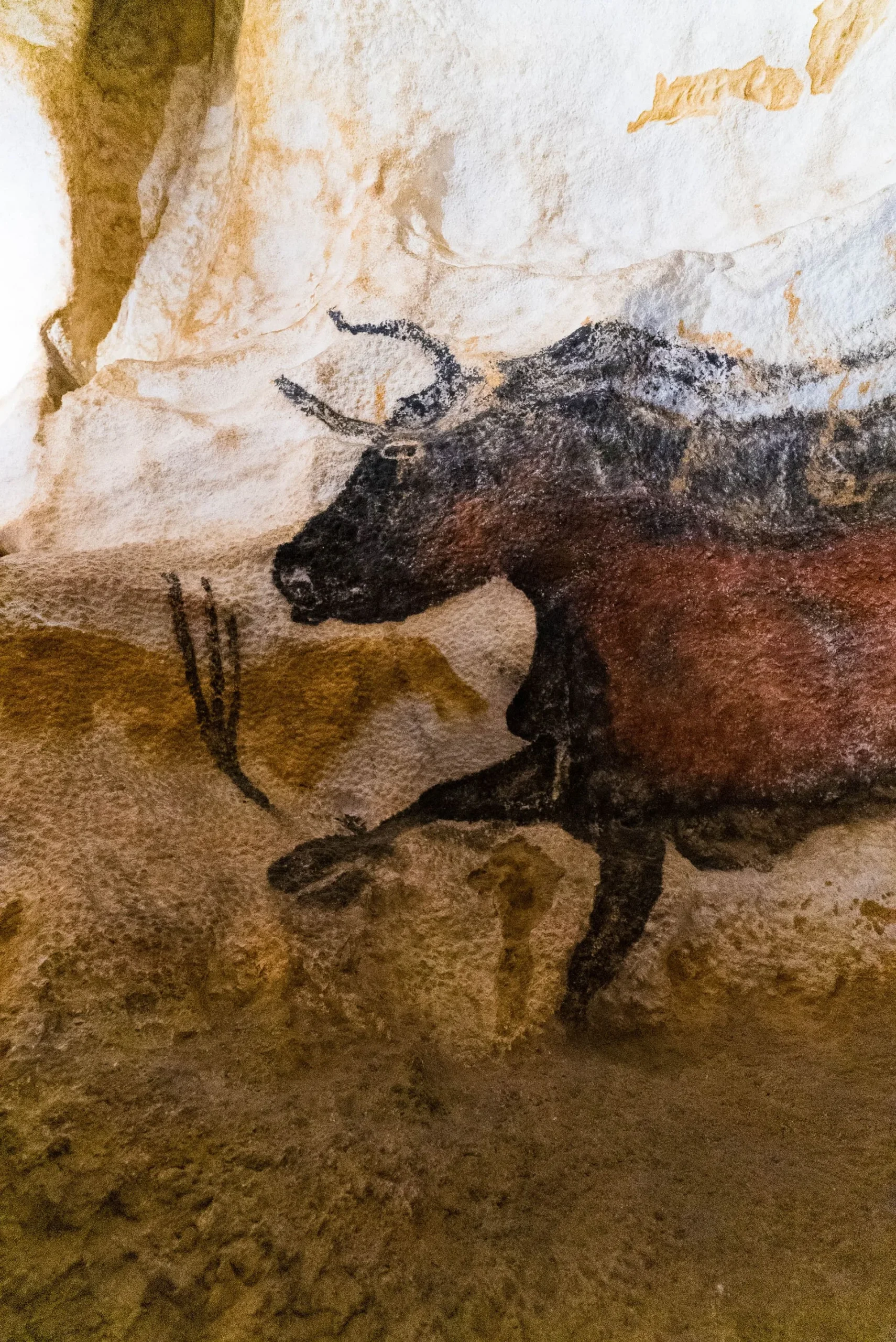
The Lascaux cave is unique In France ! There are certainly many other caves in the country, but none have such sumptuous representations of prehistoric art. In addition, the Montignac-Lascaux cave is the cave which concentrates the most reproductions, it is equivalent to 2 Chauvet and 4 Cosquer! Don't miss this national monument which makes the Dordogne famous throughout the world.
There are numerous prehistoric caves in the Vézère valley.
Of the 400 decorated caves discovered in Europe, 40 are recorded in Dordogne! A stone's throw from the Lascaux cave: prehistoric sites, prehistoric caves with paintings, prehistoric caves with engravings, prehistoric shelters with bas-reliefs, the National Museum of Prehistory, the Prehistory Interpretation Center... The Vézère valley is an open-air scene for those who want to discover the prehistoric period.
The International Center for Cave Art Lascaux IV brings together on its walls an impressive collection of prehistoric works. Some of the signs present or its engravings are also found in the caves of Combarelles or Bara-Bahau, but one such concentration is exceptional.
Lascaux IV is the entire original cave
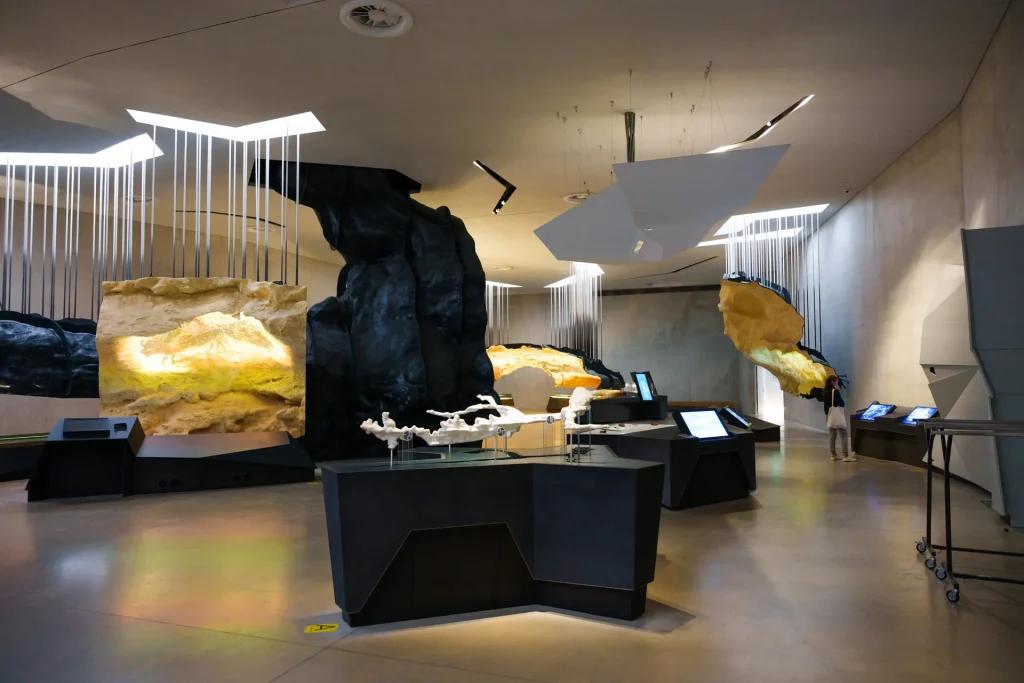
Le facsimile intended to faithfully represent the walls and contours of the prehistoric cave. For this, the Montignac-Lascaux workshops carried out precision work. The hall of the bulls, the axial diverticulum, the nave or the apse could be recreated life-size to make you feel the emotion of discovery ! The well, inaccessible in its initial configuration, was reproduced in the Lascaux Workshop to be able to admire the only human representation discovered to date in the Lascaux cave.
Lascaux, an architectural gem

When we visit Lascaux IV we admire the village of Montignac-Lascaux. Indeed, the visit begins with the panoramic terrace to contemplate the view of the village and explain the formation of the Vézère valley and the geology of the place.
Visiting a cave is above all venture underground, you will realize this throughout the visit from the ambient darkness linked to the underground aspect of the building. However, light also has its place in this place, it bursts out spectacularly between the reproduction of the cave and the workshop in this part called the fault!
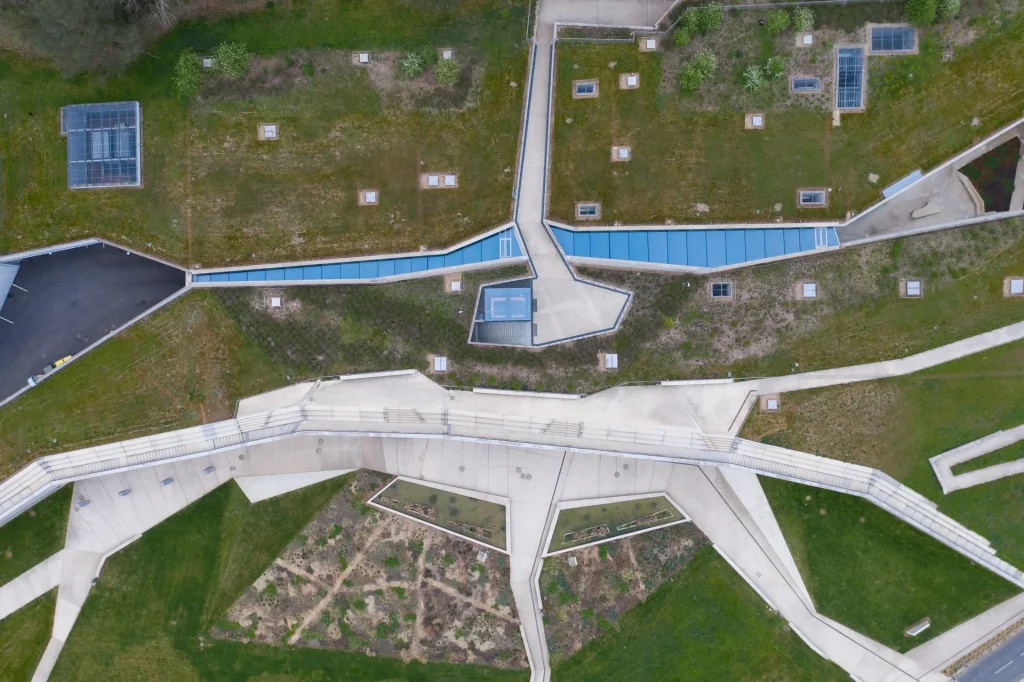
Diverse visits
The International Center for Cave Art is a reproduction of the Lascaux cave, but not only that! In this building various tours are offered to the public.
Want an exceptional evening? There Cave Art and Gastronomy evening is made for you. After a unique visit to the cavity, a menu prepared by a star chef is served accompanied by stories et anecdotes on the life of the man from Lascaux.
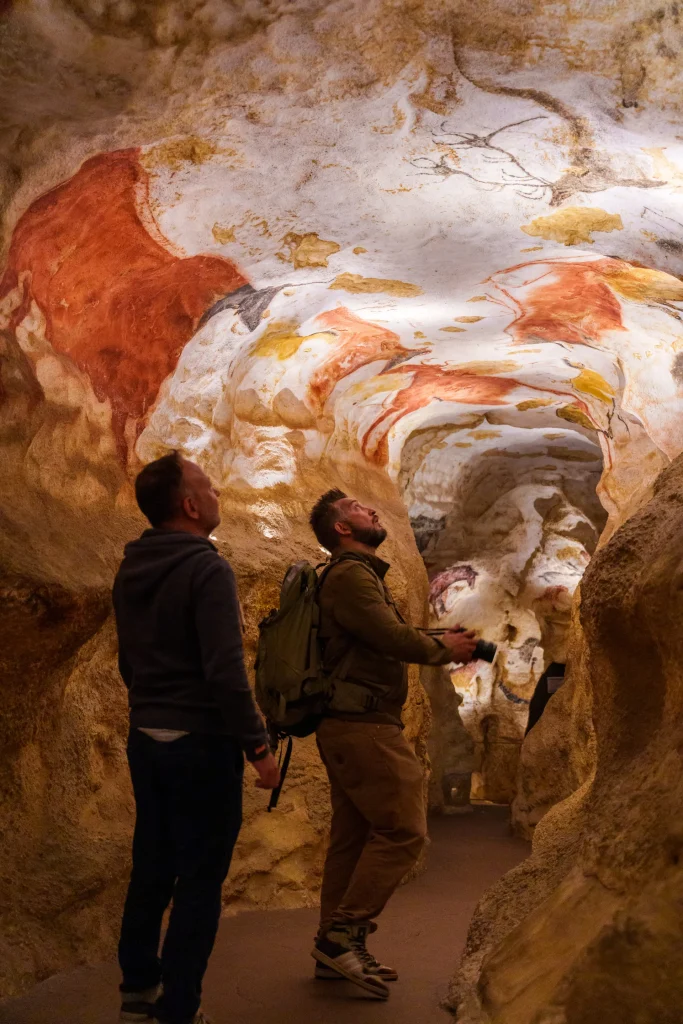
You are in in family ? Prioritize the narrated visit. With an explorer, children will explore the cave in a fun way. A “visiting companion” is provided during this unforgettable experience in the heart of Prehistory.
If you want a traditional visit, know that the discovery of the International Center for Cave Art Lascaux IV is free for children under 5 years old and that combined tickets with other family sites are possible.
Do you prefer a private visit from Lascaux? Book Lascaux II for your company or group of friends. For an attractive price, you can relive the discovery in the style of Marcel Ravidat, Jacques Marsal, Georges Agniel or Simon Coencas.
For easy access to the visit of Lascaux
Lascaux is like the Eiffel Tower, it’s unmissable during a stay in France! This is why it is better to prepare for your visit.
Here are some tips for you:
La online booking, you know ? It is primordial if you are planning a stay in the Dordogne in the summer season. The opening hours are wide but visiting slots fill up quickly in summer. Book as soon as possible on lascaux.fr
Are you early? That's good ! The International Center for Cave Art keeps a few tickets on sale every morning in summer when the counters open. Please note, the slots are established in advance, you will not be able to actually choose your visiting time but if you are just passing through, you can try your luck.
Are you more of an evening person? Even better ! The slots of Evening visits are often less complete. We know that you want to have a little Monbazillac on the terrace for an aperitif, but choosing an evening visit means choosing a more intimate visit.
No more visits for Lascaux IV? The Lascaux II cave is still open to the public, it still welcomes nearly 70 visitors per year. This facsimile opened in 000 already offers 1983% of the original cave, not bad for an introduction to the world of cave art.
